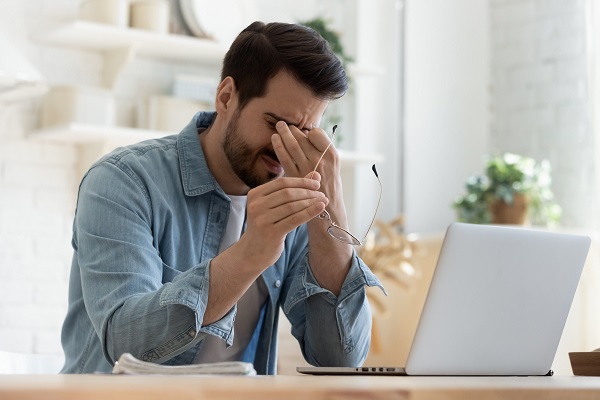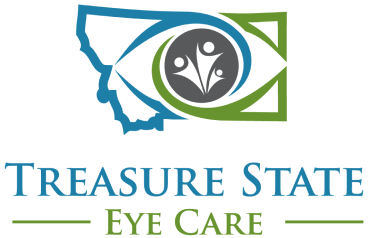Chronic Dry Eyes and How to Treat It
Now that winter and the cold weather has arrived in Montana, do your eyes water every time you go outside? If yes, you actually have a type of dry eye disease. Dry eye is a common term used to describe a range of ocular surface conditions that cause irritation to the eyes. Dryness and burning are generally the feelings most people associate with dry eyes, but there are a variety of other symptoms, such as watering, itching, feeling like something is in the eye, tired eyes, and blurred or fluctuating vision. For this reason, dry eye can be fairly complicated to diagnose and treat because not everyone needs the same treatment or responds well to the same treatment. Finding out what type of dryness you have is vital to get the best treatment and symptom relief.
There are multiple layers to the tears, but focusing on two layers, the watery portion and the oily portion, accounts for the majority of dry eye disease. If your eyes are not making enough of the watery portion, artificial tears can help with the symptoms and prescription drops can increase the amount of tears your eyes make. But the more common type of dry eye is due to a lack of the oily portion of the tears. This layer is the top layer of your tears and holds your tears on your eye so they don’t evaporate so quickly. When the oily layer is deficient, tears evaporate quickly and your eyes try to compensate by producing more of the watery portion. This accounts for the watering and can also cause the blurry vision due to not having a smooth surface on the front of the eye.
This oily layer of the tears is produced by glands in the eyelids called meibomian glands. Their openings are located right behind the eyelash follicles, so they can be impacted by everything used around the eyes including makeup, aesthetic lashes, and eyelid hygiene. Most people are very familiar with brushing their teeth, but it is actually important to clean you eyes as well! Eyelid cleansers and in office ocular hygiene treatments can make a huge step in the right direction for overall ocular comfort.
Meibomian gland dysfunction (MGD) is what causes a lack of the oily layer in the tears. These glands can become inflamed and obstructed, resulting in reduced flow. There are a couple main areas of focus to improve MGD. Decreasing inflammation with intense pulse light (IPL) is a fairly recently FDA approved treatment for dry eye. Optilight is an easy, in office procedure that decreases inflammation over the course of a few months. It’s non-invasive and you can easily return to work following a treatment. Obstuctions in the glands can be cleared with a treatment called Lipiflow. Lipiflow uses heat and pulsation to push all the obstructions and stagnant oil out of the poorly functioning meibomian glands to restore the tear film. Again, not everyone needs all these treatments, but a specific dry eye diagnosis and treatment plan can make a huge difference in your eye comfort and improve your everyday activities and work.

